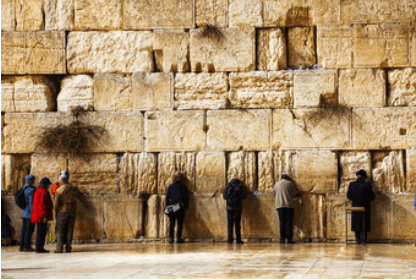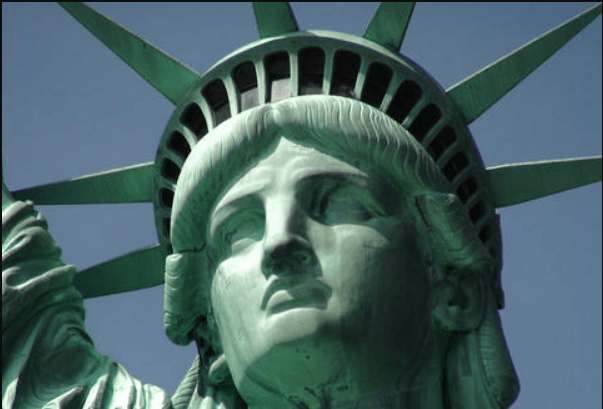NEW HAVEN — Rabbi Wesley Kalmar recently participated in a whirlwind rabbinic mission to Israel, designed to show U.S. rabbis the status of Israeli towns in the North and South which were ravaged by rockets earlier this year.
Rabbi Kalmar, of the Westville Synagogue in New Haven, was the only rabbi from Connecticut to participate in the Oct. 22-27 United Jewish Communities-sponsored Rabbinic Cabinet Solidarity Mission, which included 22 other rabbis from across the country and from various denominations.
“I have been to Israel many times and lived in Israel for three years-I have never experienced anything like this,” reports Rabbi Kalmar, who learned of the trip via an email sent to all New Haven rabbis, of all denominations, by Sydney Perry, executive director of the Jewish Federation of New Haven.
“The mission had two goals,” says Rabbi Kalmar. “To see the results of the war in the North, and to see the continuing situation in the south in such places as Sderot and Ashkelon.”
Each day of the trip was action-packed, with the rabbis witnessing damage from Katyusha rockets, hearing briefings from military experts, and interacting with Israelis of all ages in many towns. Rabbi Kalmar felt the mission was a chance to “show support for Israel” and to “show we care.”
’Severe damage’
Rabbi Kalmar observed severe damage the Katyushas caused when they ignited forest fires, and major damage caused to the ophthalmology department of a Nahariyah hospital, but added that “most of the damage to buildings had been fixed up already.”
In Nahariya, Rabbi Kalmar and his rabbinic colleagues sat on the floor and interacted with a group of first graders in a special program who were working through symptoms of trauma suffered during the war.
“The girl I interacted with was coloring the feelings she had felt and experienced during the war,” Rabbi Kalmar said. “Her grandmother had been killed, and she recalled how her mother started crying when her father had gone out of the house-minutes before a ‘boom.’”
The child described her picture to Rabbi Kalmar -a red square in the middle with blue on the outside – saying, “I was mostly afraid and angry at Hezbollah [the red part of her picture] but also happy that the whole family was together.”
The rabbis visited Sderot, the city near Gaza which has been consistently bombed for the past six years.
“We saw piles of Kassam rockets in Sderot, and we were very aware that a missile could fall at anytime-they get three hits a day,” he said.
Rabbi Kalmar contrasted the organized relief effort and rebuilding seen in Karmiel, Nahariya and other points in the north, with the “depression” and less organized assistance effort seen in Sderot.
’A learning experience’
The mission was also a rare opportunity for rabbis from various movements to interact and get to know each other on many levels. “I was one of only two Orthodox rabbis on the group-which was a challenge, a duty, and a learning experience.” Rabbi Kalmar said he appreciated the opportunity to “learn a lot from Reform and Conservative rabbis-my age and older. It was a chance to hear what they are doing in their congregations, and how things work in their communities. We had a lot of interesting conversations. I have respect for a lot of the work they are doing.”
The rabbis ended their mission with dinner at the Anna Ticho House in Jerusalem.
“It was one of the most poignant moments of the trip,” reports Kalmar, describing the dinner with Israeli Modern Orthodox rabbis in Israel, from the Rabbenu Tzohar organization, whose presentation on various efforts at reform, such as in how marriages are performed in Israel, led to some frank discussion among the North American rabbis.
“It was a chance to really put things on the table,” he said.
The rabbis who went on the mission are now charged with informing their congregants about what is going on now in Israel. Rabbi Kalmar said he will continue to share observations from his trip in upcoming sermons and public forums.


